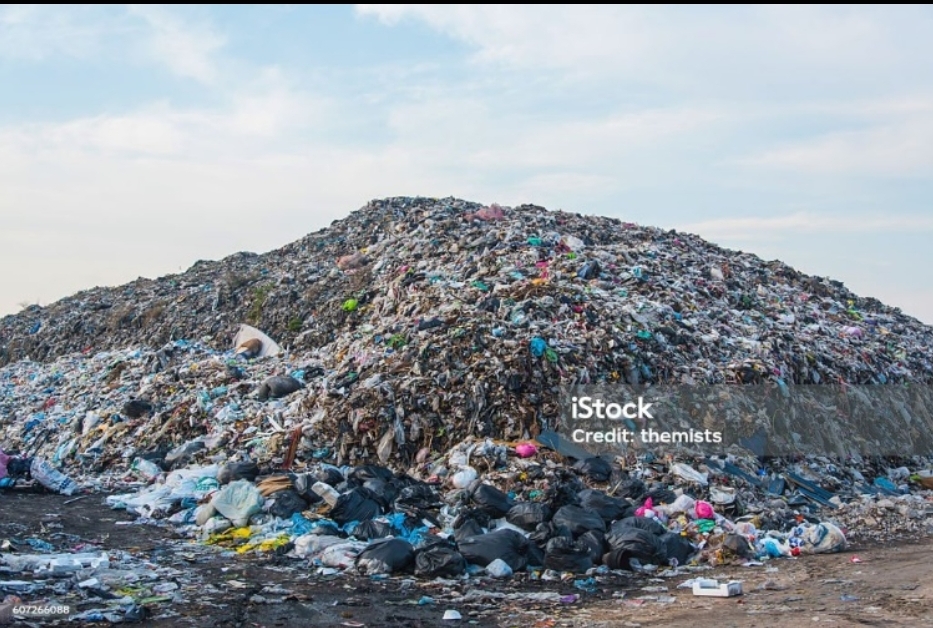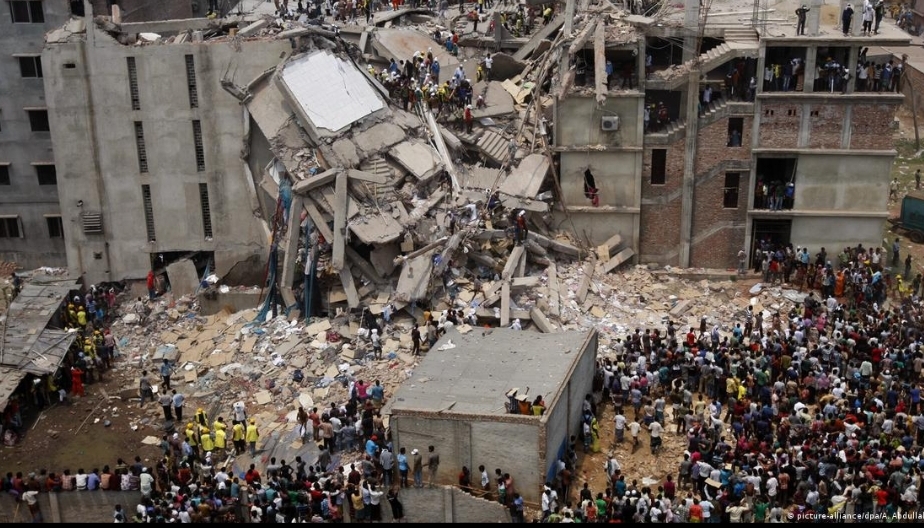Fashion and textiles, the two symbiotic subjects that construct one of the basic needs of human life. But if I ask you to assume the worst possible situation caused by these two, what would be your answer?
Now, as a textile engineer and enthusiast, you might have been very familiar with the term ‘Fast Fashion’. If we dig in quickly, the phenomena of rapid manufacturing of garments and the method of ‘quick-receive in cheaper price’ marketing, both construct the ‘fast fashion’. To fulfill the demand generated by consumers by following high-end fashion, manufacturers produce garments at a cheaper rate that does both jobs,
- Staying in trend
- Grabbing the market share.
Some very familiar brands that follow the fast fashion business model, are H&M, SHEIN, ZARA, Uniqlo, MANGO, ASOS etc. When such lucrative brands can provide the same model of a garment your favorite celebrity has worn at an affordable price, then how can the practice even be a threat? Join in with me if you were confused while reading the title.

You can already sense the intense smell by looking at the image, you may find a pair of your jeans among them too. We are looking at a very common scenario in the sphere of textile waste generation in landfills. But if we consider the numbers, the global consumption of textile products per year has risen to an estimated 62 million tons, let alone a projection that an increase in demand will be almost equal to 102 million tons by 2030. Environment activists have already warned the world about the global threats due to climate change, yet there are limited initiatives to control waste generation and sustainable production. The fast fashion incentives frequent mass production which eventually leads to a greater pollution rate.
Besides, the ethical dilemma plays a vital role in the strategy of the giant brands. A lack of sustainable innovative design and direct application of a designer’s high-end fashion framework into creating a product that is cheaper and affordable, which results in the usage of low-cost raw materials. The whole circle creates a situation in which manufacturers recruit low-wage workers. Often the situation rises to an alarming rate that includes child labor, absence of safety measures, unhygienic work environment, etc. If we recall a dark tragedy in the history of Bangladesh’s RMG history, The Rana Plaza Incident, the collapse of a garment factory building that has taken the lives of 1,138 workers.

According to research conducted on the high profit achieve mindset and accountability of worker’s safety,
“There are two reasons why so few factories are successfully being fixed. First, the most essential upgrades to make factories safer, such as electrical improvements and moving to purpose-built facilities, are expensive,” says the research, estimating the average cost of remediation to $250,000 – $350,000 (230,000 – 322,000 euros) per factory. The second reason, according to the research, is that brands see it as the suppliers’ responsibility to pay for these expensive factory repairs.
The practice of fast fashion has a very detrimental effect causing the textile industry to become the 3rd most polluting industry in the world, emitting 10% of our annual carbon footprint. The marketing agenda creates a psychological sensation for the consumers to treat garments as throwaway items. It is high time the giants of the field conclude a shared vision to transform the structure of the textile industry for a sustainable promising world climate. In the current scenario, both brands and consumers need to shift their perspective from individualism to considering the global impact of their actions. The consequences of consumption decisions now extend globally, and recognizing and addressing these broader implications is vital for making a positive contribution to our interconnected world.
References:
- https://www.fibre2fashion.com/industry-article/9724/fashioning-and-treasuring-an-ethical-future-with-trash
- https://www.dw.com/en/10-years-after-rana-plaza-fast-fashion-industry-still-reluctant-to-change/a-65410129
- https://earth.org/statistics-about-fast-fashion-waste/#
- https://climatetrade.com/the-worlds-most-polluting-industries/
Submitted by:
Sadia Islam Raisa
Ahsanullah University of Science and Technology
3rd Year 1st Semester



Informative Writing!